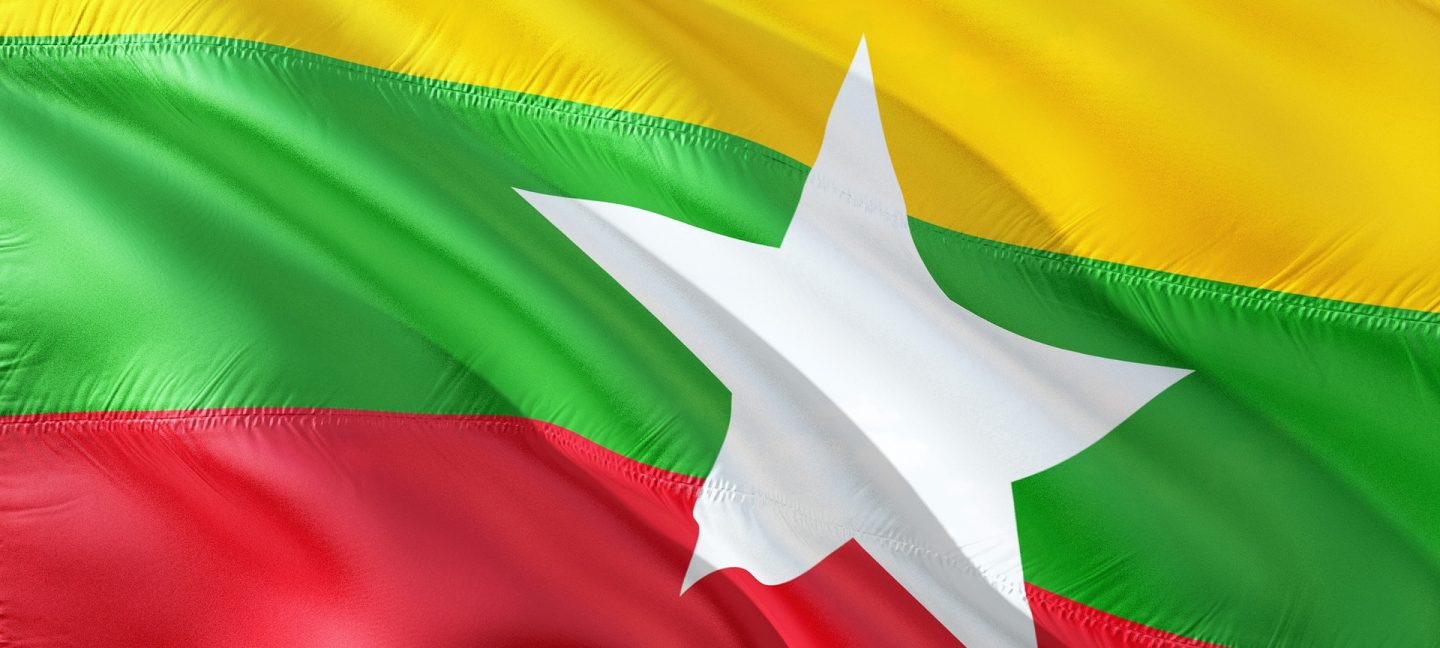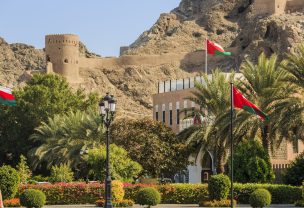Quick facts
- Full name: Republic of the Union of Myanmar
- Capital: Naypyidaw
- Largest city: Yangon (Rangoon)
- Official language: Burmese
- Area: 676,578 km2
- Population: 53,582,855 (2017)
- Currency: Kyat (MMK) 1 (MMK) = 100 pya
- Foreign tourists: 2.9 million (2016)
- Travel risks and hazards: Dangerous animals, petty crime, insurgents.
Officially Myanmar, and unofficially Burma is one of the most incredible and still secretive places in Asia. The country recently opened up to see a massive influx of tourists reaching almost 3 million people annually. There are numerous attractions in the country like the Shwedagon pagoda or the breathtaking sight of a morning balloon ride over the ancient capital of Burma, Bagan.
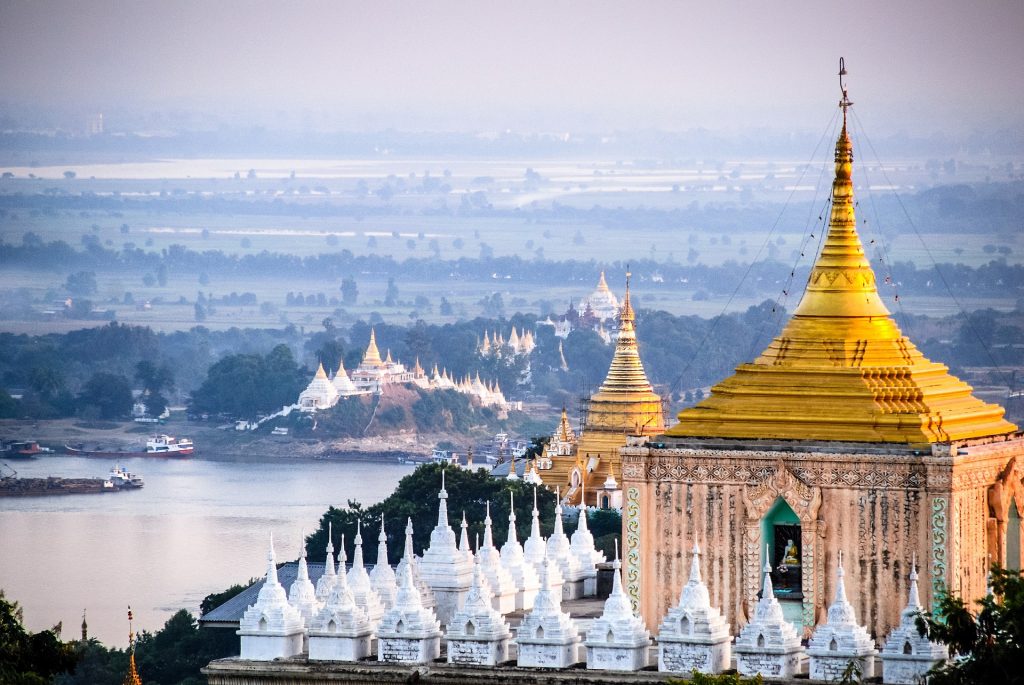
Traveling info
All tourists traveling to Myanmar are required to have a valid passport. Most nationals must obtain a visa in order to enter Myanmar. There is an e-visa programme which enables citizens of 100 countries to apply for a visa to visit Myanmar online however beware that E-visas are currently only valid for entry at Myanmar’s three main international airports: Yangon, Mandalay and Naypyidaw and overland travel to Myanmar via the Thai-Myanmar border points of Mae Sai/Tachileik, Mae Sot/Myawaddy and Ranong/Kawthaung only. E-visa is not valid for China, India or other Thailand border entry points. (List in sources). Visa-free travel for 14 days, or longer in some cases is permitted for citizens of Thailand, Singapore, Vietnam, Philippines, Indonesia, Brunei, Cambodia, and Laos. Citizens from Japan, South Korea, Hong Kong, and Macau are permitted visa-free travel for up to 28 days. Those who wish to drive in Myanmar must know that foreign driving permits are not accepted in the country however an international driving permit may be exchanged for a local driving permit and the Department for road transport and administration in Yangon. Car hire due to the immense amount of paperwork and huge bureaucracy around it quickly deters any newcomers from renting cars. Tourists are also not allowed to rent mopeds, motorbikes, and scooters in Bagan.
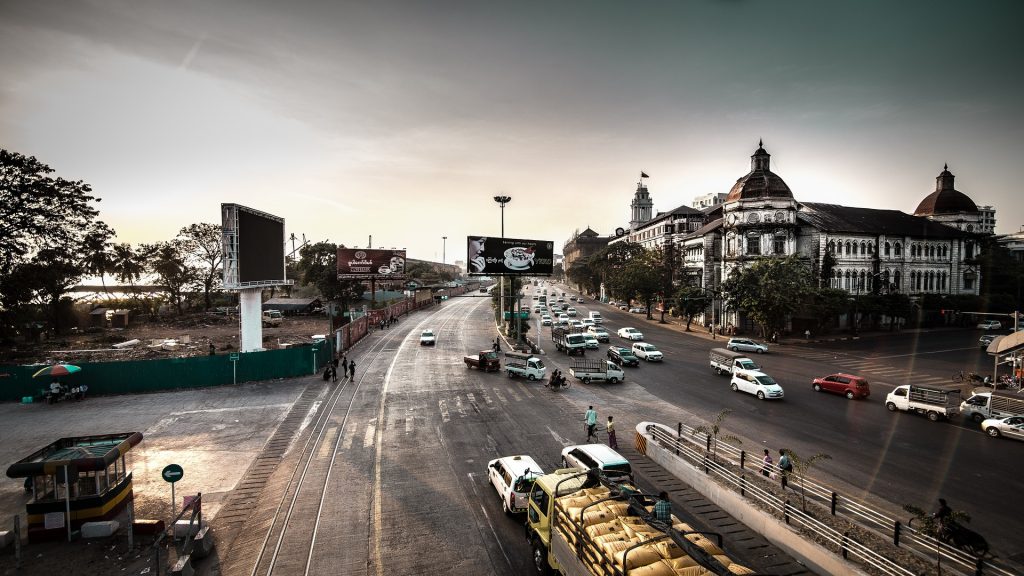
Traveling hazards
Driving in Myanmar is a challenge. Tourists must know that not only it is dangerous to drive on poorly maintained roads combined with reckless driving of the locals, but there are roads which are off-limits for tourists, particularly in sensitive border areas or areas where the government is in conflict with local armed militias. Many roads during the monsoon seasons are completely flooded and impassible. Many of the truck drivers traveling from China to Yangon are believed to drive under the influence of methamphetamines and other stimulants. Drunken or drugged drivers are also common on the roads during the four-day Buddhist water festival in mid-April. Driving at night is particularly dangerous. Few streets are adequately lit. Most Burmese drivers do not turn on their headlights until the sky is completely dark; many do not use headlights at all. Many bicyclists use no lights or reflectors.
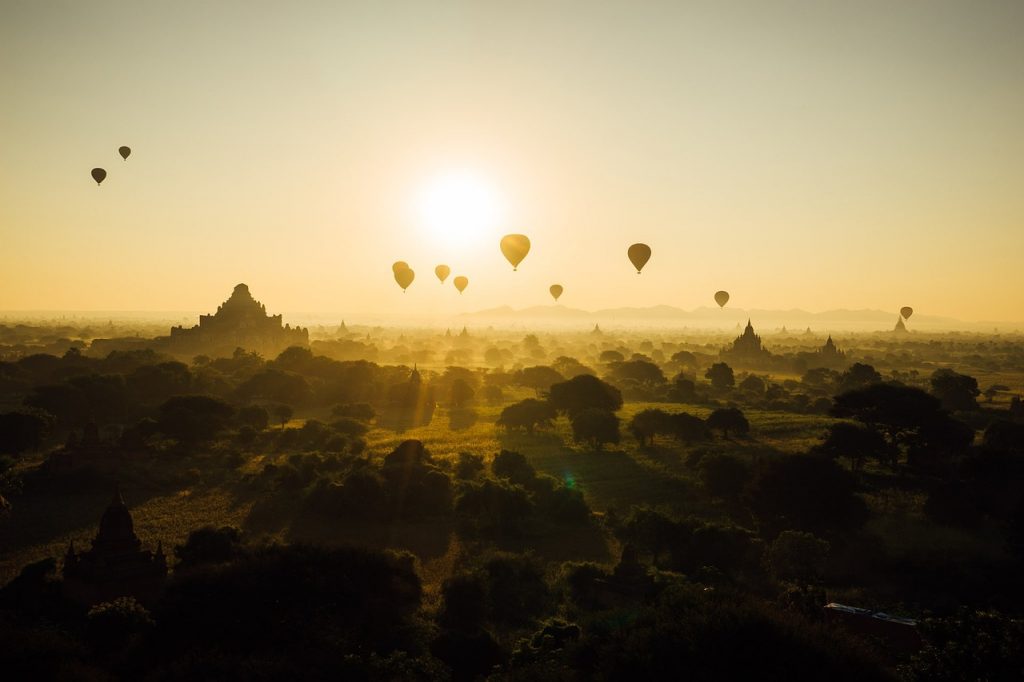
Environmental hazards
There are many animals in Myanmar which are responsible for attacks on humans or may be potentially dangerous for people. Elephants are the largest land animals on earth. These animals generally do not attack people when undisturbed however young males during the mating season get very aggressive due to high doses of testosterone and with ease can flip a car. It is best not to approach these animals up close. Indochinese leopards and Indochinese tigers are spread throughout Myanmar. These large cats are dangerous and should not be approached. Although leopards are responsible for very few attacks in comparison to tigers, they are also just as capable of killing a grown adult. Most attacks are a result of agricultural land being pushed further into tiger territories. Although tigers and leopards do not tolerate each other on their territories they may overlap. Asiatic black bears are spread throughout Myanmar and belong to some of the oldest species of bears. These animals are not afraid to attack and are not docile. Black bears are responsible for most bear attacks. There are 40 species of venomous snakes of which the most venomous are kraits, cobras, pit vipers, and sea snakes. Although not even ⅓ of the species of snakes inhabiting Burma are venomous, it is generally advised to avoid all snakes as an untrained eye won’t be able to tell if the snake is dangerous or not. Swimming in the coastal water of Myanmar is generally safe however there are several dangerous creatures which should be looked out for. Saltwater crocodiles can be found along the coast of Myanmar particularly in brackish waters and salt marshes although these large reptiles may swim further up rivers and endure freshwater for some period of time or can be spotted far out in the sea. There have been no reported shark attacks since the 19th century in Myanmar however these cannot be ruled out. It is generally advised to attend designated and guarded beaches. Safety on unguarded wild beaches cannot be guaranteed.
Myanmar regularly experiences cyclones, storm surges, floods, landslides, earthquakes, drought, and forest fires. Over the last 10 years, Myanmar has been impacted by two major earthquakes, three severe cyclones, floods, and other smaller-scale hazards.
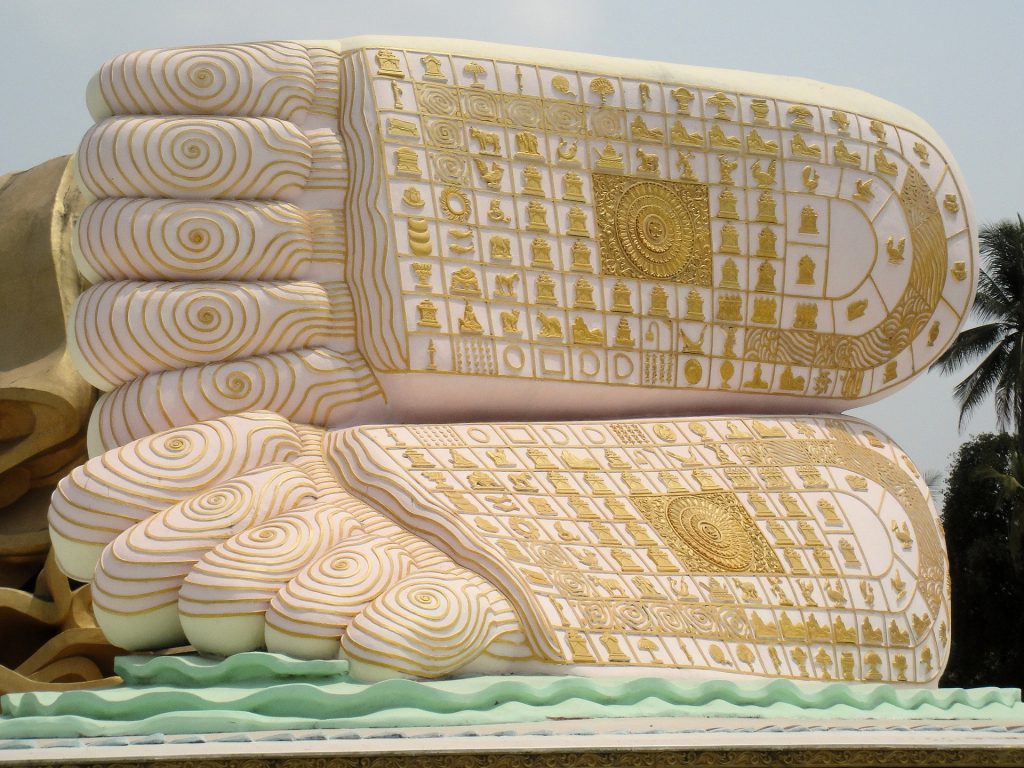
Health hazards
There is no risk of yellow fever in Burma. The government of Burma requires proof of yellow fever vaccination only if you are arriving from a country with risk of yellow fever. There are several other vaccinations which are recommended but not required. These are the routine vaccines, also known as MMR vaccines, hepatitis A and B, typhoid, Japanese encephalitis, and rabies vaccines. Unfortunately, there are no vaccinations against malaria. The disease is contracted through mosquito bites therefore in order to prevent contracting the disease it is important to protect against bug bites. It is recommended to use mosquito repellents or install bug nets in the windows of your accommodation. You may need to take prescription medicine before, during, and after your trip to prevent malaria, especially if you are visiting low-altitude areas. The general state of healthcare in Myanmar is poor. The military government of 1962-2011 spent anywhere from 0.5% to 3% of the country’s GDP on healthcare. Healthcare in Myanmar is consistently ranked among the lowest in the world. The private healthcare sector in Myanmar is booming however there is a shortage of specialists which is impeding further development.
In case of an emergency dial 192.
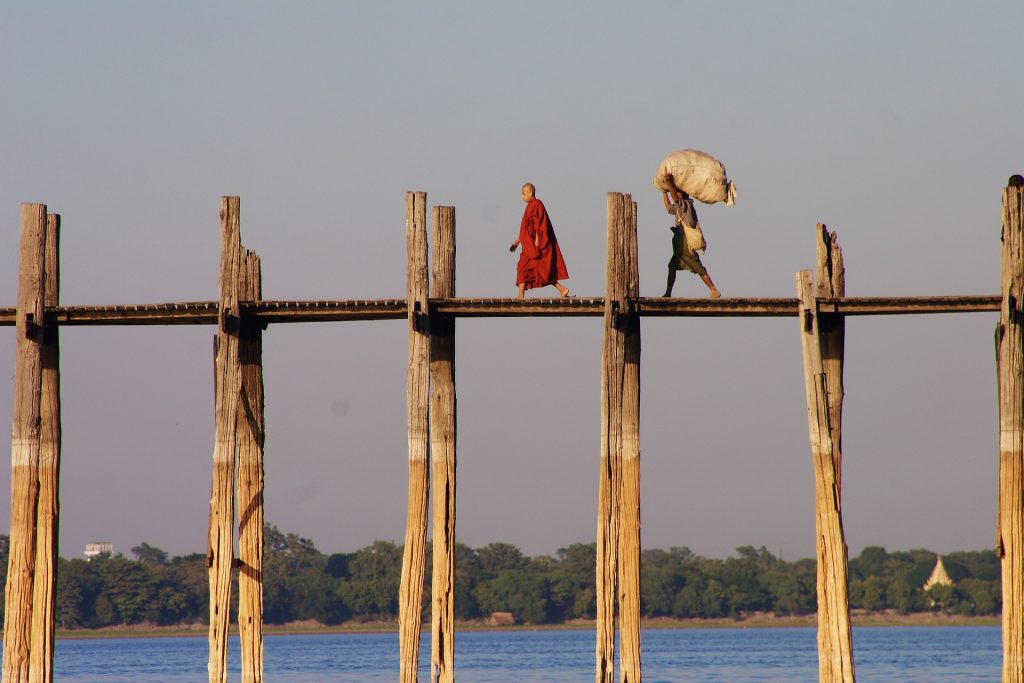
Crime
Police of Myanmar does not issue official statistics, therefore, it is difficult to precisely determine places with the highest risk of crime. Private citizens report mostly non-violent crimes of opportunity like pickpocketing, theft of unattended possessions in public places or hotel rooms or bag snatching. At night, it is recommended that visitors explore city sights in groups or with a partner. Thieves often attempt to distract a victim by asking questions, begging for money, selling items, or bumping. Travelers, who are often required to carry large sums of the local currency, should avoid displaying cash or other valuables in public. Internal ethnic conflicts, communal violence, and religious tensions make certain areas outside of Rangoon off-limits. There are numerous insurgent groups in Myanmar some of which occupy vast territories in the country making parts of Myanmar a high threat location for terrorist/insurgent activity. Despite very strict drug laws and harsh sentences of minimum 10 years for mere possession, Myanmar remains one of the major opium producers in the world along with the countries of the golden triangle, golden crescent, Colombia and Mexico.
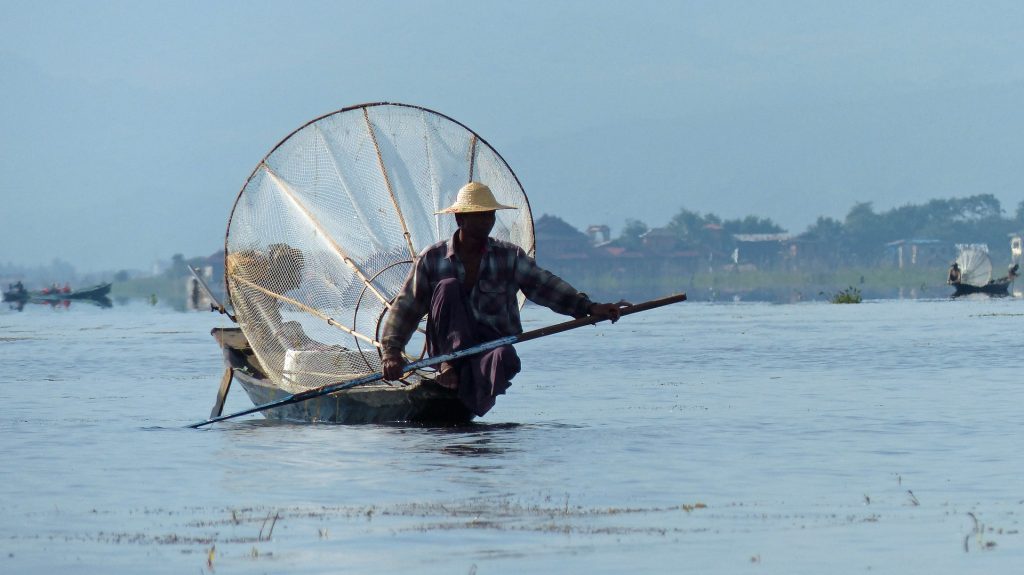
Summary
Myanmar is certainly a place to visit however for safety, inexperienced tourists should stick to organized group travel. Lone venturing into the wrong part of Myanmar can have severe consequences. Remember that planning your trip with Travset.com will give you the quickest information about nearest emergency services and will also help you purchase indispensable travel insurance for the trip of your lifetime. Please feel free to comment and share the experiences of your travels with Travset.com.
Sources
(Visa)
https://evisa.moip.gov.mm/
(Vaccinations)
https://wwwnc.cdc.gov/travel/destinations/traveler/none/burma
https://wwwnc.cdc.gov/travel/yellowbook/2018/infectious-diseases-related-to-travel/yellow-fever#5291



